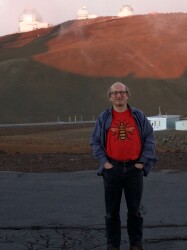BibTex format
@article{Leung:2019:1538-4357/aaf860,
author = {Leung, TKD and Riechers, DA and Baker, AJ and Clements, DL and Cooray, A and Hayward, CC and Ivison, RJ and Neri, R and Omont, A and Perez-Fournon, I and Scott, D and Wardlow, JL},
doi = {1538-4357/aaf860},
journal = {Astrophysical Journal},
title = {The ISM properties and gas kinematics of a redshift 3 massive dusty star-forming galaxy},
url = {http://dx.doi.org/10.3847/1538-4357/aaf860},
volume = {871},
year = {2019}
}

